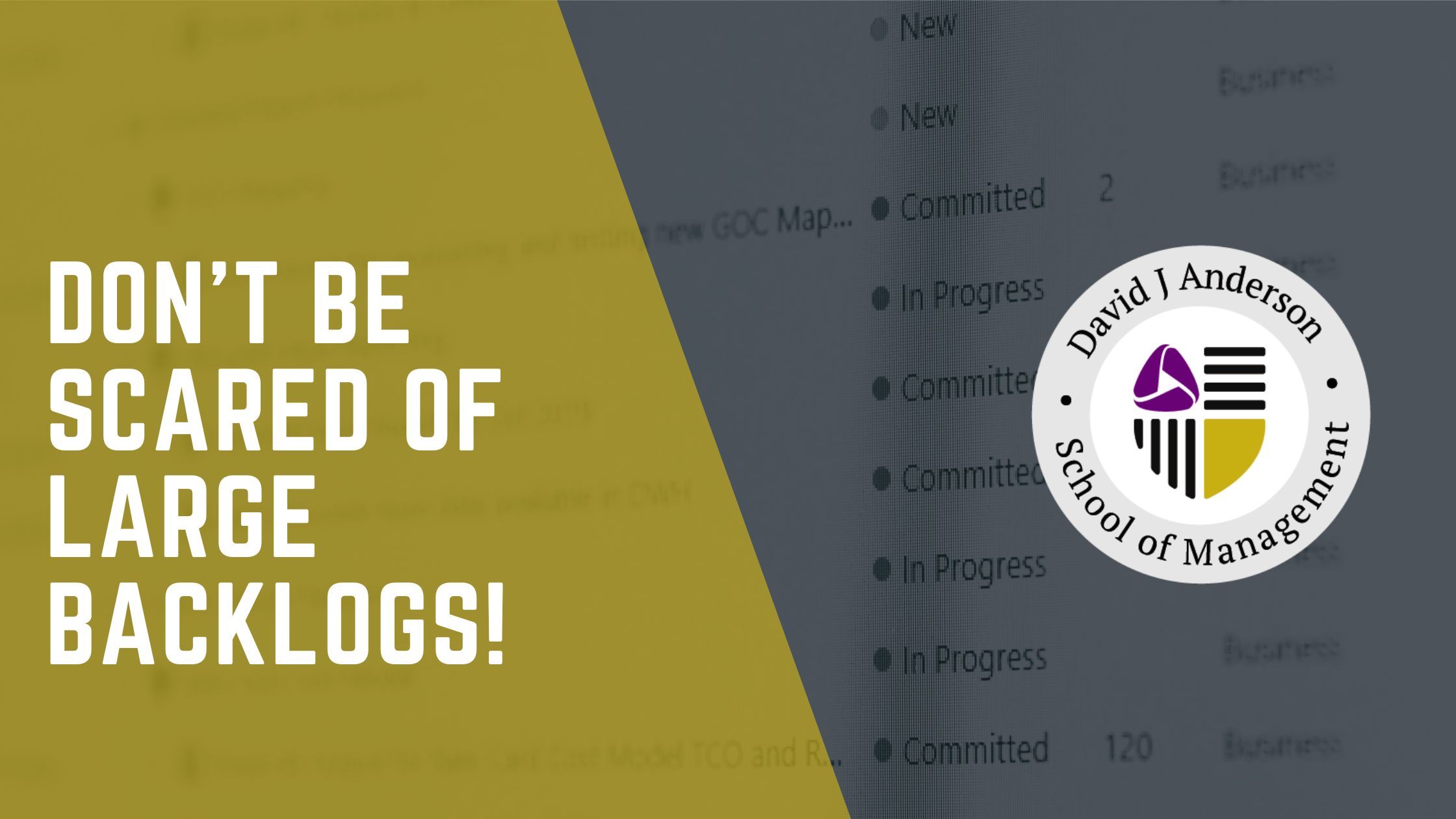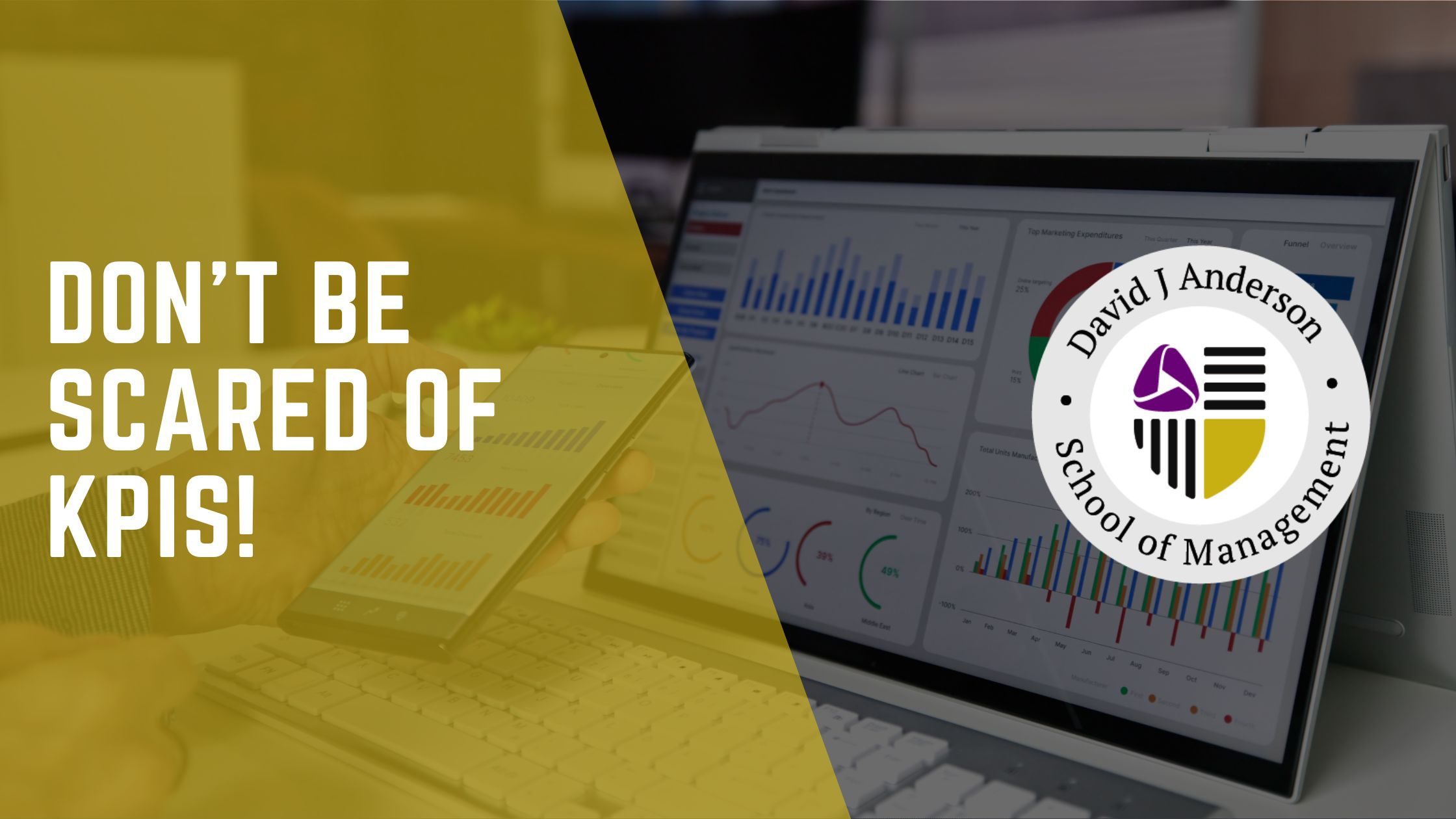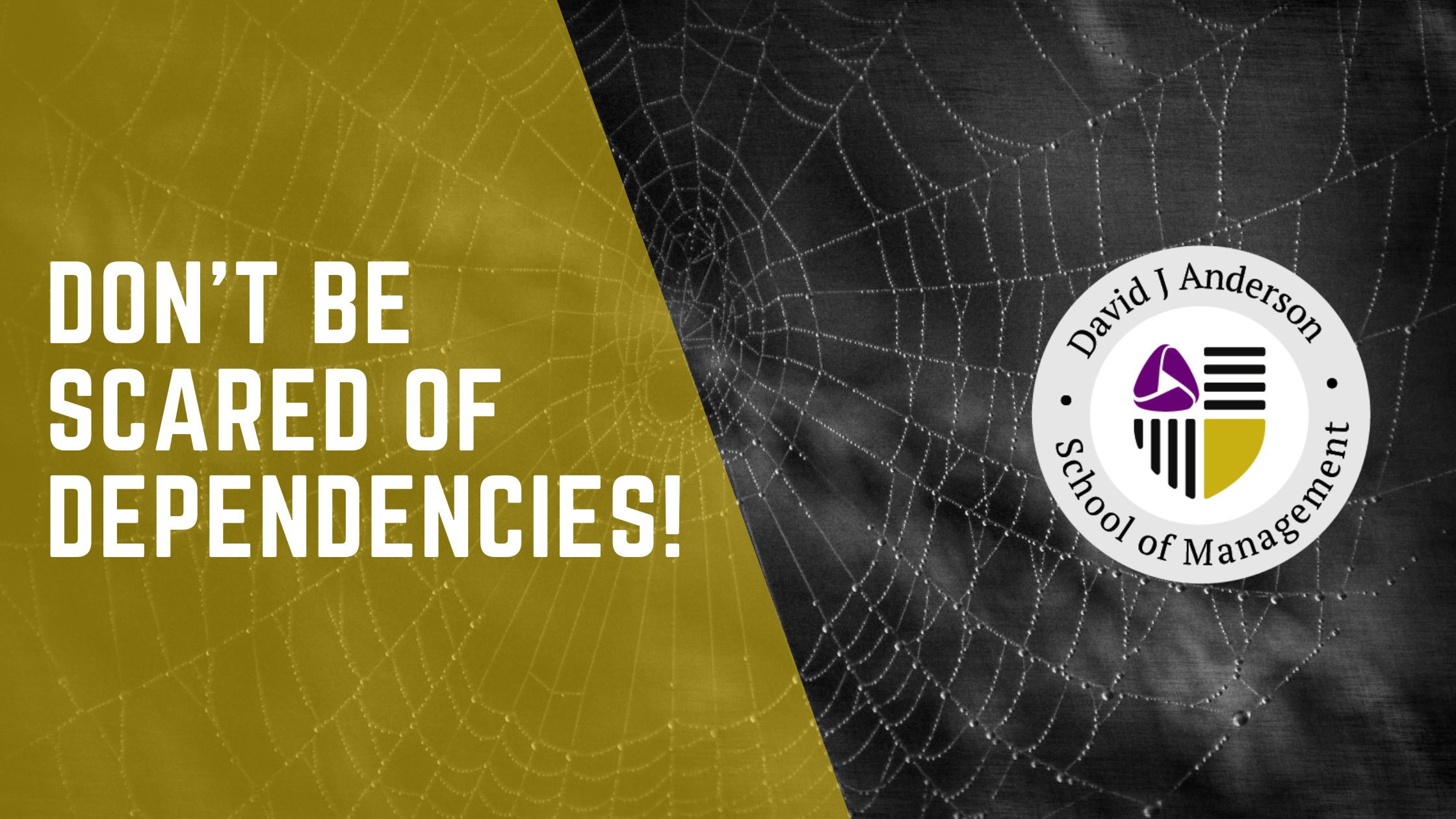Don’t Be Scared of Large Backlogs: Turning Risk and Prioritization into Actionable Insights
Large backlogs often feel like the lurking shadow in an otherwise well-organized process. Teams are overwhelmed by the sheer volume of tasks, uncertain about which ones to tackle first, and often fall into the trap of prioritizing based on urgency instead of impact. But, don’t be scared! Managing large backlogs effectively boils down to two critical factors: risk management and filtering.
By adopting a structured approach to assessing risk and leveraging tools like Kiviat charts and custom risk frameworks, you can not only conquer your backlog but transform it into an efficient roadmap for delivering value.
Here’s how you can approach risk and prioritization in a way that allows your team to focus on the tasks that matter most, while confidently shelving the rest.

Kiviat Charts: Visualizing Risk Profiles
A common challenge with large backlogs is figuring out which tasks have the greatest impact or risk. Enter Kiviat charts (also known as radar charts). These charts provide a visual representation of a task’s risk profile across multiple dimensions.
In a Kanban system, each axis of the Kiviat chart might represent different risk categories, such as:
- Strategic Alignment
- Technical Feasibility
- Customer Impact
- Cost of Delay
For example, consider a feature tied to regulatory compliance. Regulatory requirements may appear straightforward, but their periodic changes make compliance a fluctuating risk. At times, it may be a low priority, but when regulations shift, it becomes a critical, high-risk task. With a Kiviat chart, you can visualize this shifting risk profile, allowing you to adjust your priorities based on how imminent or complex the risk becomes.
By mapping out tasks on these charts, you can easily identify which ones are high-risk and must be addressed now, and which can wait. It’s a simple but powerful way to remove the uncertainty that often surrounds large backlogs.
Assessing Differentiators: How Long Will Your Feature Stay Unique?
Another critical element when managing large backlogs is understanding the differentiation timeline of a feature or product enhancement. In other words, how long will your feature remain unique in the market before competitors catch up?
Consider these scenarios:
- Rapid Replication: If competitors can replicate your feature in one product cycle, you need to act fast. Speed of execution becomes your priority.
- Slow Replication: If replication might take multiple cycles, or if it requires proprietary technology, the urgency is reduced.
For instance, a company with specialized technology or patents might enjoy a longer window of differentiation, allowing them to allocate resources more leisurely. But if you’re in a fast-paced market where features are rapidly copied, prioritizing high-impact tasks becomes critical.
Developing a Custom Risk Framework
Kanban encourages teams to develop a custom risk framework for assessing backlog items. This framework might include several categories like:
- Strategic Alignment: Does this task align with business goals?
- Customer Impact: How many users will benefit from this feature?
- Cost of Delay: What is the financial or competitive impact of not doing this task?
By plotting backlog items on this framework, you can filter out low-impact tasks and focus on those that truly drive the business forward.
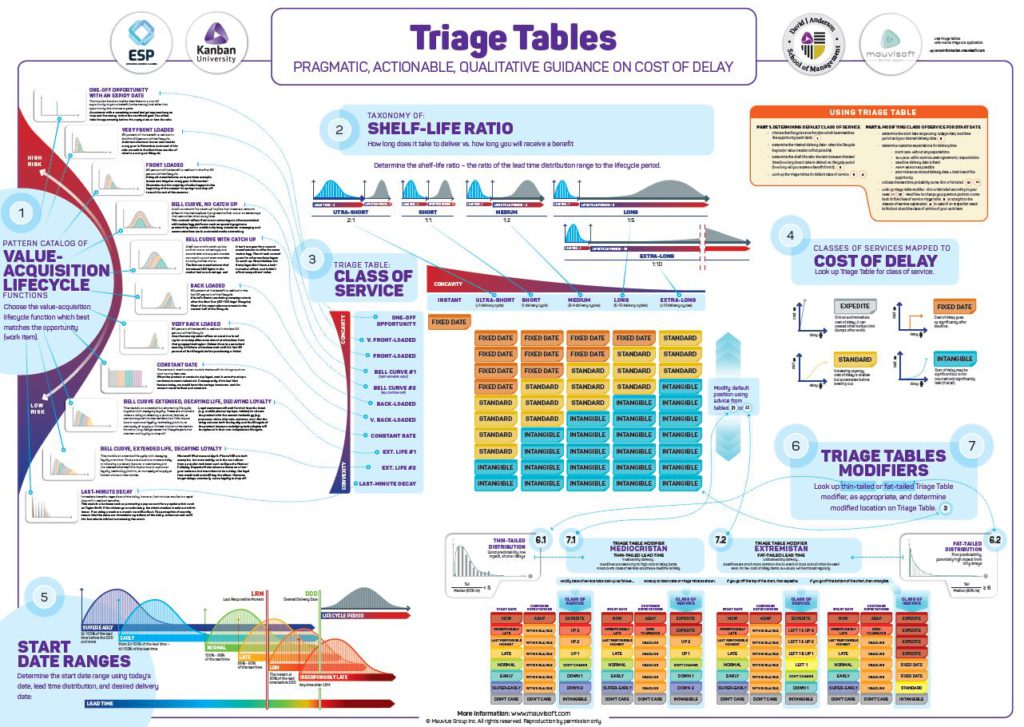
Sequencing and Triage: How to Prioritize Work Items
Once you’ve assessed the risk profiles, the next step is triaging your work items. In Kanban, this can be done by setting up a demand shaping threshold, a boundary that helps you determine which tasks are worth pursuing immediately and which should be deferred.
Imagine you’ve plotted two backlog items on a Kiviat chart:
- Task A is high-risk but offers significant value and falls outside the demand shaping threshold—it should be done immediately.
- Task B is low-risk, but offers marginal gains and falls within the threshold—it can be delayed.
Some tasks may straddle the threshold, requiring further discussion and analysis to determine their true value.
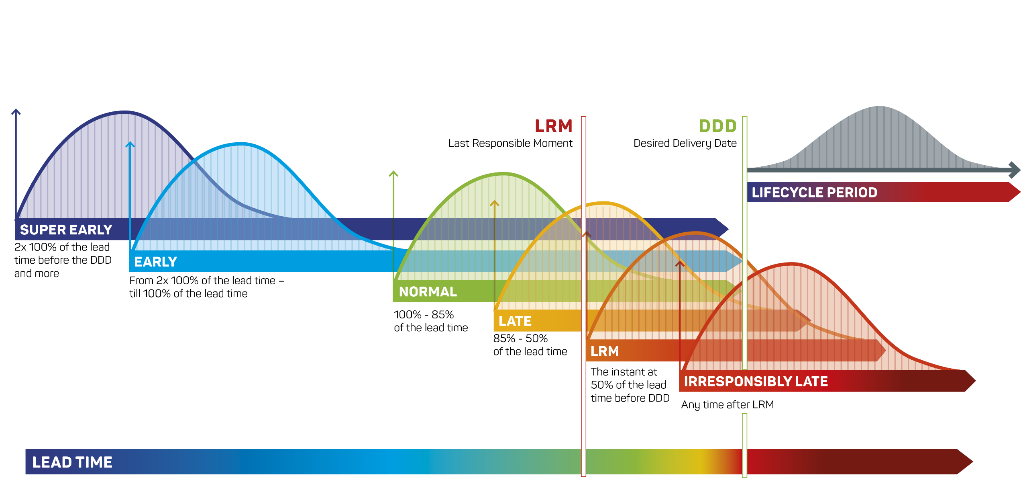
Balancing Cost of Delay with Risk
Another vital aspect of managing large backlogs is understanding the cost of delay. Some tasks may carry a high cost of delay—meaning that postponing them could have severe financial or operational consequences. Others might be less critical and can be safely deferred.
The combination of risk profiles and cost-of-delay analysis helps you make smarter decisions about when to do each task. High-risk items with a high cost of delay should be prioritized, while low-risk, low-cost tasks can be postponed or even discarded.
Conclusion: Don’t Be Scared of Large Backlogs
Large backlogs don’t have to be intimidating! By embracing a structured approach to risk management and filtering, you can:
- Use Kiviat charts to visualize risk and prioritize work.
- Develop custom risk frameworks to assess backlog items in alignment with business goals.
- Balance cost of delay with risk to make informed decisions about what to do next.
Whether you’re dealing with high-risk innovations or low-risk compliance tasks, having a clear framework for managing your backlog will help you navigate complexity and deliver value consistently.
Ready to Conquer Your Backlog?
If you want to dive deeper into these strategies, join the self-paced learning course Managing Large Backlogs course. Learn through course videos and readings about Kiviat charts, custom risk frameworks, and more to help you turn your backlog into a powerful tool for delivering value!


